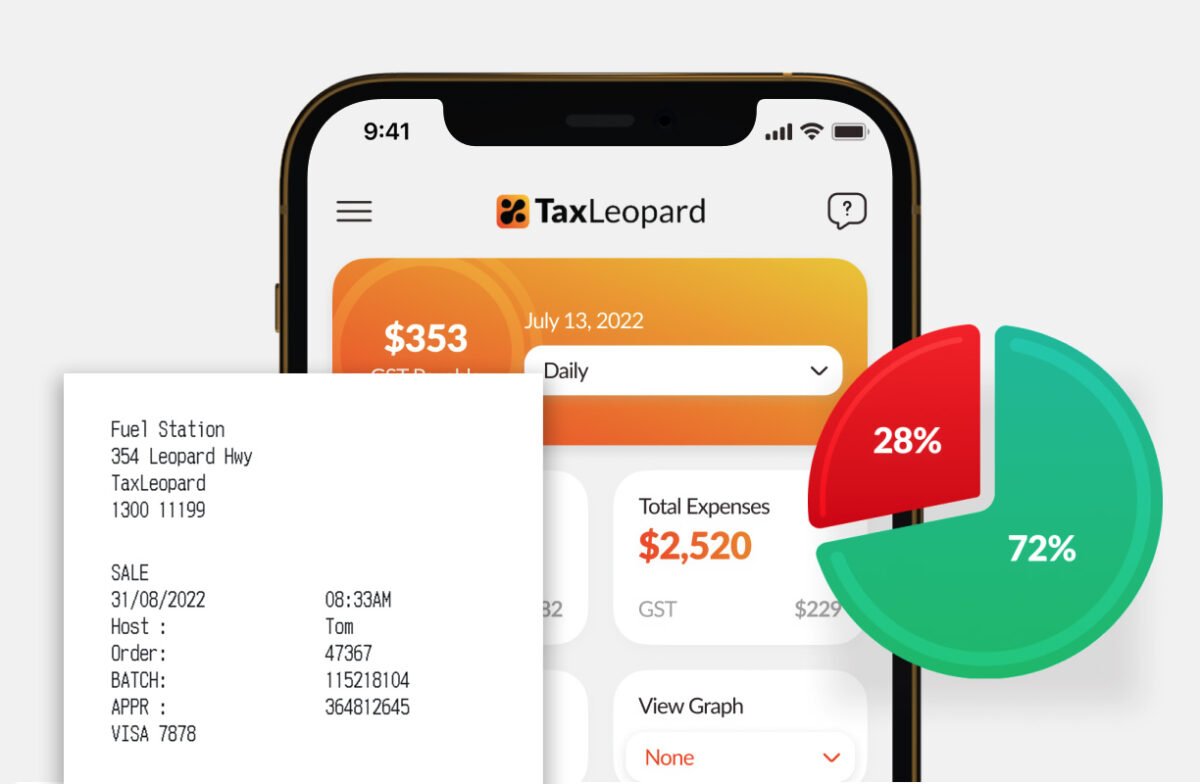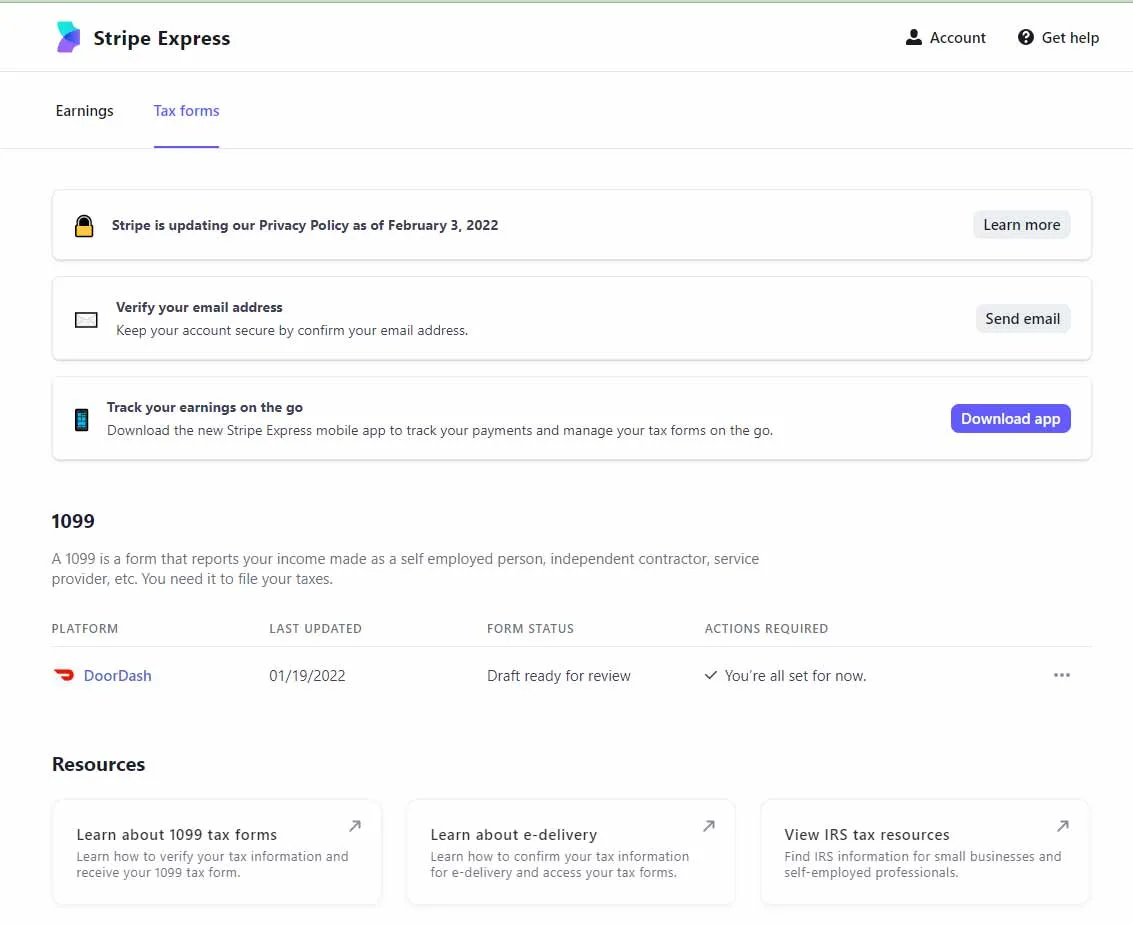Let’s face it, folks: being a Doordash driver can be a sweet gig. You’ve got the flexibility, the freedom, and the sweet smell of cash in your pocket. But when tax season rolls around, all that sweet flexibility turns into a headache—especially when it comes to Doordash tax documents. Yeah, you heard me right. The IRS isn’t messing around, and if you don’t have your ducks in a row, you could be in for a world of hurt.
Now, I know what you’re thinking: “Do I really need to worry about this Doordash tax stuff?” The short answer is YES. Whether you’re driving part-time or full-time, the IRS sees you as a business owner. That means you’ve got to treat your Doordash earnings like a legit business, and that includes keeping track of all those pesky tax documents.
Don’t panic, though! I’m here to break it down for you in a way that’s easy to understand, with all the info you need to stay on top of your game. Let’s dive in, shall we?
Read also:Unlocking The Mystery Of Uc Davis Sat Score Requirements Your Ultimate Guide
Table of Contents
- What Are Doordash Tax Documents?
- Why Do You Need Doordash Tax Documents?
- Important Tax Forms for Doordash Drivers
- How to Track Your Expenses
- Deductible Expenses for Doordash Drivers
- Common Mistakes to Avoid
- Tips for Organizing Your Tax Documents
- Understanding Self-Employment Taxes
- How to File Your Taxes
- Final Thoughts
What Are Doordash Tax Documents?
Alright, let’s get down to business. When we talk about Doordash tax documents, we’re referring to all the paperwork that helps you report your income and expenses to the IRS. These documents are basically your bread and butter when it comes to filing your taxes as a gig worker.
Here’s the deal: Doordash isn’t your traditional employer. They don’t withhold taxes from your earnings, so it’s up to you to keep track of everything. Think of it like running your own tiny business—because that’s exactly what you’re doing.
Some of the key Doordash tax documents you’ll need include your 1099-NEC form, which shows your earnings, and any receipts or records of your expenses. These bad boys are crucial for proving your income and deductions to the IRS.
Why Do These Documents Matter?
You might be wondering why all this tax document stuff is such a big deal. Well, here’s the kicker: if you don’t have proper documentation, you could end up overpaying your taxes—or worse, getting hit with penalties from the IRS. Nobody wants that, right?
Plus, having your Doordash tax documents in order can actually save you money. By tracking your expenses and claiming the right deductions, you can reduce your taxable income and keep more of that hard-earned cash in your pocket.
Why Do You Need Doordash Tax Documents?
Let’s break it down, folks. When you work for Doordash, you’re considered an independent contractor, not an employee. That means the IRS treats you differently, and you’ve got a whole new set of rules to play by.
Read also:Pipestone Mn Newspaper Your Ultimate Source For Local And Global News
First off, Doordash doesn’t withhold taxes from your earnings. Instead, they send you a 1099-NEC form at the end of the year, which shows how much you made. It’s your responsibility to report that income and pay your taxes accordingly.
But here’s the good news: you can also deduct certain expenses related to your Doordash work. That’s where those tax documents come in handy. Without proper documentation, you won’t be able to claim those deductions, and you could end up paying more taxes than you need to.
What Happens If You Don’t Have Them?
Now, you might be thinking, “What’s the worst that could happen if I don’t keep track of my Doordash tax documents?” Well, my friend, the answer isn’t pretty.
Without proper documentation, you could end up underpaying or overpaying your taxes. And if the IRS comes knocking, you’ll have a hard time proving your income and expenses. Trust me, you don’t want to be on the wrong side of the IRS.
Plus, if you don’t file your taxes correctly, you could face penalties, interest charges, or even legal trouble. So yeah, keeping those Doordash tax documents in order is a pretty big deal.
Important Tax Forms for Doordash Drivers
Alright, let’s talk about the nitty-gritty. If you’re a Doordash driver, there are a few key tax forms you need to know about. These forms are like your ticket to filing your taxes correctly, so make sure you’ve got them all in check.
1099-NEC
This is the big one. The 1099-NEC form shows how much money you earned from Doordash during the tax year. You’ll need this form to report your income to the IRS. Doordash typically sends out these forms by the end of January, so keep an eye out for it.
1099-K
If you made more than $600 in tips through Doordash, you might also receive a 1099-K form. This form reports your tip income to the IRS, so don’t forget to include it when you file your taxes.
Schedule C
As an independent contractor, you’ll need to file a Schedule C form with your tax return. This form is where you report your business income and expenses. Think of it like your profit and loss statement for your Doordash business.
Form 1040
This is the main tax form you’ll use to file your individual tax return. You’ll attach your Schedule C and other forms to this one, so make sure you’ve got everything in order.
How to Track Your Expenses
Now that we’ve covered the basics, let’s talk about tracking your expenses. As a Doordash driver, you’ve got a lot of potential deductions to take advantage of, but you’ve gotta prove them with proper documentation.
Here are a few tips for tracking your expenses:
- Use a dedicated app or spreadsheet to log your expenses.
- Keep receipts for everything related to your Doordash work.
- Separate your personal and business expenses to avoid confusion.
- Track your mileage using a GPS app or manual log.
By staying organized and keeping good records, you’ll make tax time a whole lot easier—and maybe even save yourself some cash.
Why Tracking Matters
Think of expense tracking like a safety net. Without it, you could miss out on deductions that could save you money. Plus, if the IRS ever audits you, having detailed records will make the process a whole lot smoother.
Deductible Expenses for Doordash Drivers
Alright, here’s the fun part: deductions! As a Doordash driver, you’ve got a lot of expenses that are deductible, which means you can reduce your taxable income and save money on taxes.
Vehicle Expenses
Your car is probably your biggest expense as a Doordash driver. You can deduct either the standard mileage rate or your actual vehicle expenses, like gas, maintenance, and insurance. Just make sure you’ve got the proper documentation to back it up.
Food Costs
While you can’t deduct the cost of the food you deliver, you can deduct the cost of snacks or drinks you buy for yourself while on the job. Keep those receipts handy!
Phone and Internet
If you use your phone and internet for Doordash work, you can deduct a portion of those costs. Just make sure you can prove how much of your usage is work-related.
Common Mistakes to Avoid
Let’s talk about some common mistakes Doordash drivers make when it comes to taxes. Avoiding these pitfalls can save you a lot of headache—and maybe even some money.
- Not keeping track of expenses: This is a big one. If you don’t track your expenses, you could miss out on valuable deductions.
- Overlooking self-employment taxes: Don’t forget that you’ve got to pay both the employer and employee portions of Social Security and Medicare taxes.
- Forgetting to file quarterly taxes: If you earn a significant amount from Doordash, you might need to file quarterly taxes to avoid penalties.
Tips for Organizing Your Tax Documents
Staying organized is key when it comes to Doordash tax documents. Here are a few tips to help you keep everything in order:
- Create a filing system for your receipts and documents.
- Use digital tools to track your expenses and mileage.
- Set aside time each week to review your records.
By staying on top of your organization, you’ll make tax time a breeze—and maybe even save yourself some cash.
Understanding Self-Employment Taxes
As a Doordash driver, you’re considered self-employed, which means you’ve got to pay self-employment taxes. These taxes cover Social Security and Medicare, and they’re a big deal.
In 2023, the self-employment tax rate is 15.3%. That means you’ll pay 12.4% for Social Security and 2.9% for Medicare on your net earnings. But don’t sweat it—you can deduct half of your self-employment taxes when you file your return.
How to File Your Taxes
Alright, let’s talk about the final step: filing your taxes. Here’s a quick rundown of what you need to do:
- Gather all your Doordash tax documents, including your 1099-NEC, receipts, and expense records.
- Fill out your Schedule C form to report your business income and expenses.
- Attach your Schedule C to your Form 1040 tax return.
- Submit your tax return by the deadline, either electronically or by mail.
And just like that, you’re done! Well, almost. Don’t forget to keep copies of all your tax documents in case you need them later.
Final Thoughts
There you have it, folks: your ultimate guide to navigating Doordash tax documents. By staying organized, tracking your expenses, and understanding your obligations, you can make tax season a whole lot easier—and maybe even save yourself some cash.
Remember, the IRS isn’t out to get you, but they do expect you to play by the rules. So keep those Doordash tax documents in order, and don’t be afraid to ask for help if you need it. Whether you’re working with a tax professional or using tax software, there are plenty of resources to help you get it right.
Got any questions or tips of your own? Drop a comment below, and let’s keep the conversation going. Happy driving—and happy filing! 🚗📝


